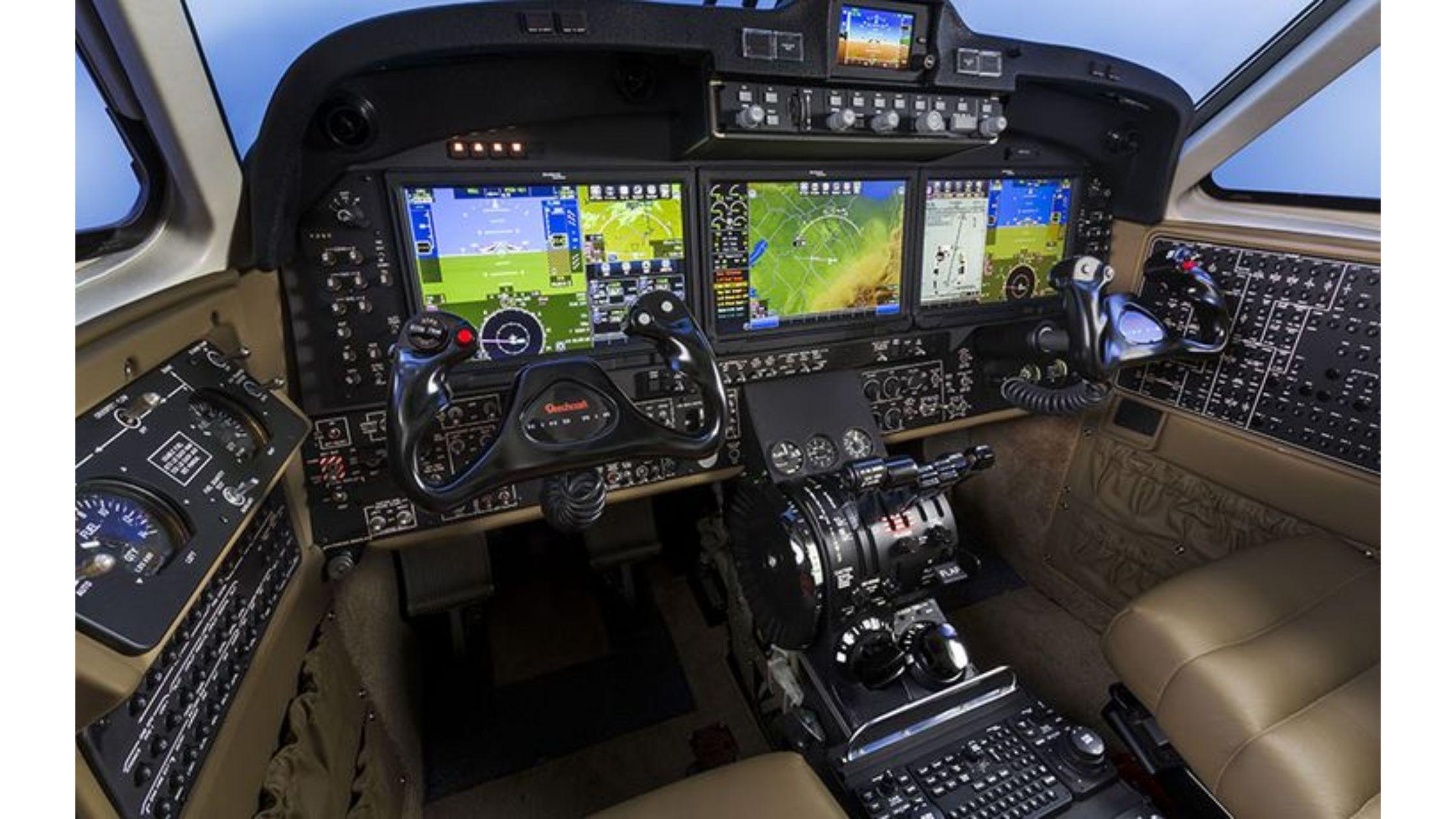Understanding the Nuances of Onsite Aircraft Training – Has Anything Changed!

The conversation around pilot training is rarely static. For decades, the gold standard was clear: send pilots to a far-off facility, pack in the coursework, tick the regulatory boxes, and call it a day. Today, though, the on-site model is rewriting the script in ways that are both practical and surprisingly elegant. Operators and flight departments are taking a closer look at what truly enriches pilot performance, safety, and operational readiness, without weighing down teams with unnecessary travel or downtime.
Rethinking the Landscape: What’s Different About Onsite Training Now?
The biggest shift? Onsite training is about meeting you where you are, not just geographically but operationally. “There’s real value in having instruction unfold in the same hangar, on the same aircraft, with the same procedures you use every day,” explains one of our instructors, adding that this approach replicates the actual flying environment and builds the muscle memory pilots need most. The trend isn’t regional; it’s nationwide, and our current presence in Texas simply highlights how our in-person training model flexes to wherever our clients are located across the country.
If you’re searching for on site aircraft pilot training, you’ll see that the new focus is on relevance and accessibility. Instructors travel, bringing up-to-date scenarios, regulation changes, and fleet-specific guidance directly to your ramp. And for flight departments with a variety of aircraft types, the appeal is clear: training is as diverse as your needs, but the quality and standards remain consistent.
The Evolving Role of the Instructor
Who’s standing at the front of this new wave? Highly experienced instructors, seasoned professionals who adapt each session on the fly. Instead of one-size-fits-all lectures, your team gets immediate feedback and mentorship tuned to your specific operation and aircraft systems. Between compliance, insurance requirements, and the actual skills that matter in the cockpit, this direct, bespoke strategy sets pilots (and operators) up for long-term safety.
One of our team’s proudest achievements is how instructors nationwide can provide cohesive and continuous training, harnessing the latest tools and instruction methods no matter the location. With our current base of instructors, including locally available talent in Texas, we simply make it easier to accommodate your scheduling and operational needs.
Simulator and In-Person Training: Complement, Not Competition
Since the landscape has grown more complex, let’s address the elephant in the room: is in-person, hands-on instruction better than simulator time? Both have clear advantages, and the industry now sees alternating between the two as best practice. Simulators can present emergencies and rare scenarios that would be unsafe (or impossible) to reproduce in the real airplane. Meanwhile, onsite, in-person instruction offers the chance to ingrain real procedures and build familiarity with your own aircraft.
As one DA20 pilot put it, “The most valuable skills I mastered didn’t come from one or the other, but from a thoughtful combination.” Balance is key, and as regulations and technologies evolve, having the flexibility to switch between methods is more than wise; it’s expected.
Recurrent Training Programs: A Modern Must
If you track pilot performance data or monitor trends across aviation, one thing stands out: consistency and regular refreshers matter. A solid recurrent training program is no longer just a regulatory requirement but a competitive advantage. By blending occasional in-aircraft sessions with simulator-based refreshers, crews maintain sharp skills while embracing new rules and equipment. The upshot is reduced human error, improved teamwork, and greater confidence in both day-to-day operations and the rarest emergencies.
Why Skill-Specific, In Aircraft Instruction Still Matters
We hear it every year: operators want depth, not just breadth. The ability to run through checklists, practice critical maneuvers, and troubleshoot real-world issues, using actual hardware, avionics, and your internal SOPs, remains invaluable. In aircraft training brings unique strengths to the learning process: immediate sensory feedback, direct interaction with systems, and the ability to practice situational awareness in your home environment. “No simulator can perfectly recreate every quirk of your own airplane,” notes a chief pilot client, “and that familiarity sometimes makes all the difference.”
Still, the consensus holds: alternate, mix, combine. Respecting the role of the simulator does not diminish the clear strengths of in-aircraft or onsite instruction. Instead, the two methods create a feedback loop that boosts retention, confidence, and, above all, safety.
Moving Forward: The Next Chapter in Onsite Training
Has anything truly changed in onsite pilot training? Absolutely. It’s more flexible, context-driven, and client-focused than ever before. It’s supported by a blend of scenario-based learning, digital advancements, and adaptable instructors who understand the nuances of modern operations. The industry continues to innovate, embracing technology, promoting a blend of simulation and hands-on training, and always striving for safer skies.
If you’re looking to refine your training strategy or simply want a partner that meets you where you are, on the map and in your mission, In Flight Review is ready. We’ll keep the focus on your aircraft, your people, and your future. The result? Pilots who aren’t just current, but truly prepared for anything ahead.
- Art
- Causes
- Crafts
- Dance
- Drinks
- Film
- Fitness
- Food
- Giochi
- Gardening
- Health
- Home
- Literature
- Music
- Networking
- Altre informazioni
- Party
- Religion
- Shopping
- Sports
- Theater
- Wellness



